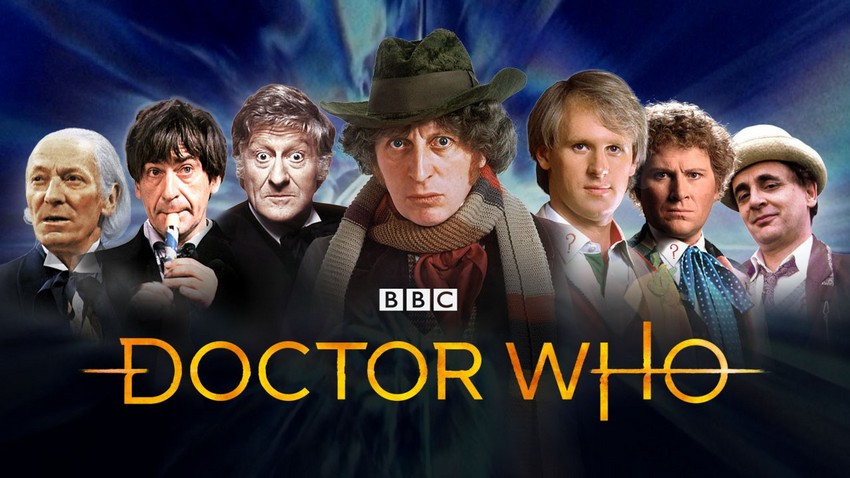
If you’re like me, you’ve spent the last two weeks glued to Twitch, watching their marathon of the classic series of Doctor Who. Thanks to an exclusive agreement with the BBC, all 500 episodes ranging from William Hartnell’s first appearance in 1963 to Sylvester McCoy’s final bow in 1989, will be free for all to watch on the popular streaming site until mid-July.
For the uninitiated, Doctor Who is a British science fiction series about a time-travelling alien called the Doctor. He zooms about through time and space in a big blue box called the TARDIS (Time and Relative Dimensions In Space) and is usually accompanied by a human companion of sorts. Together, they combat evil, save worlds, take in the sights that the universe has to offer, and revel in their Britishness. Every couple of years though, the Doctor dies only to ”regenerate” – a rather clever bit of pragmatism to get around the Doctor getting a new face and personality when a new actor takes over the role. Collectively, the people who revere and love this admittedly absurd-at-times nonsense of a show are referred to as “Whovians”.
And even if you are a diehard Whovian such as myself, you may struggle to watch any of the classic episodes with a straight face. Having aged worse than the original Star Trek series, the mountain of cheese that characterises classic Doctor Who is enough to make anyone lactose intolerant. However, with that said, the marathon gives fans who may not have access to Amazon Prime or BBC iPlayer, a chance to watch where and how their favourite show started out. The marathon also serves as hype buildup to the series’ return sometime around October, which will mark the debut of both the first female Doctor, played by Jodie Whittaker, and the new showrunner, Chris Chibnall.

With season 11 just a few months away, rumours and theories abound as to what we can expect from the two new faces of Doctor Who. From the logistical changes that we know of already, Chibnall may be up to something quite extraordinary. He has cut the number of episodes per season from twelve to ten, but increased their length from the usual 45 minutes to an hour. He has placed orders for a new TARDIS console room set, and has cast a whopping three companions to join Whittaker on her adventures (The last time the TARDIS was this full was way back in 1981, and it didn’t last long due to some tragic storytelling). Besides these headlines, Chibnall has remained tightlipped with the details. All we have so far is the Doctor’s new, simple and upbeat costume, and a potential teaser of the new theme and opening title:
So, how can we make predictions as to what Doctor Who will look like come Spring? This may come across as a moot question, as Doctor Who has been with us for 55 years and counting, and for the most part has retained many of the same storytelling themes and structures. But given that we are talking about the longest-running science fiction show ever (in which literally just about anything can happen), and one that enjoys a constant global viewership in the tens of millions, it’s worth a second of contemplation.
In its inception in the 1960s, Doctor Who was a serial (i.e. a story appearing in regular instalments on television), and more importantly, a children’s serial. Because of this, the themes and narratives that wanted to be explored needed to be simplified and straightforward enough to reach a young audience. This equated to a tale of good versus evil, which could be best exemplified by the eccentric Doctor and his good-hearted companions going up against the evil aliens and despotic villains of the universe. While Doctor Who has continually succeeded to introduce narrative variations, there was and always will be a positive resolution. Albeit sometimes at a cost, the Doctor will always triumph.
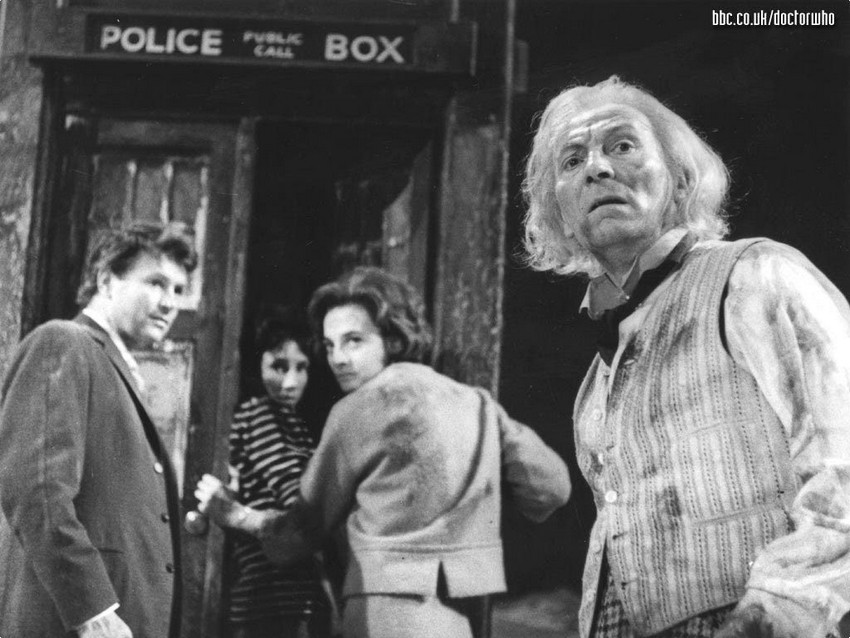
The classic series had to abide by this, as it was the only way to pull off a cohesive story on the budget it was made, which amounted to a 13-year-olds monthly allowance. The episodic structure of the show was also straightforward. Self-contained stories spread across the usual four, 25-minute parts. There were exceptions to that number, with some stories ranging from six to ten episodes in length, as well as a 12-part epic from 1964 entitled The Daleks Master Plan (Sadly, you will not be able to view this story during the Twitch marathon, as all but two of the episodes were lost by the BBC). However, adding to this formula is the way in which the audience gets to interact with the characters.
Throughout his first eight iterations, little attention was given to the Doctor character in terms of development, and any change to that perceived character would come in the form of whichever actor happens to play the role. Writer and host of PBS Idea Channel, Mike Rugnetta argues that the defining trait of the Doctor character is his unstable existence, with personalities differing according to the actor playing him. Therein lies the “development” of the character.
And for the most part, it worked. 26 seasons and one TV movie later, and we have eight unique Doctor identities with different characteristics that we can list. Peter Davison was youthful and inquisitive, Jon Pertwee was bold and outgoing. Tom Baker was a quintessential Brit, and he’s lovingly remembered for it.
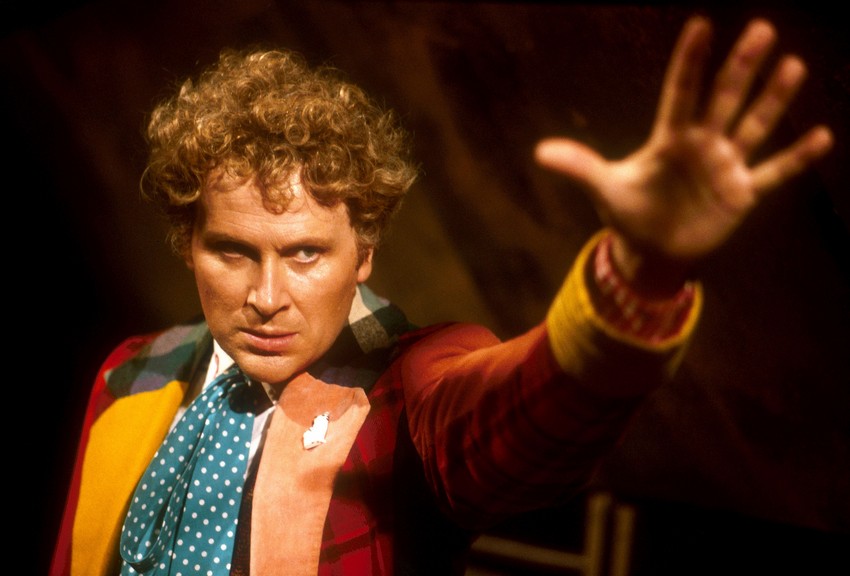
But as said, it only worked for the most part. Many attribute the fall of Doctor Who in the late 1980s to the creative decisions by then-showrunner John Nathan-Turner. Following Fifth Doctor Peter Davison’s departure from the role, Nathan-Turner decided that Colin Baker, the Sixth Doctor, would be rougher (and even more violent) around the edges, and together with his companion Peri Brown, would embark on a journey of self-discovery for the Time Lord (not unlike the journey that we would see Peter Capaldi undertake 30 years later). The problem was that while you can start off with an unsympathetic character, you need to give them the space to develop. Space which the narrative structure did not have to give.
This, combined with production budget constraints, Nathan-Turner’s penchant for gimmick casting (like having companions from America and Australia purely to appeal to audiences from the respective countries), as well as his unpopular costume choices for the Doctor, is what many believed killed the original run of the show as the BBC responded to criticisms of the show by putting it on an 18-month hiatus. Although Doctor Who did return in 1986 and would see Sylvester McCoy step into the TARDIS as the Seventh Doctor for the remainder of the series from 1988 ownwards, it would struggle to regain its popularity. Nathan-Turner would face more controversies – including trying to leave himself but being denied as the BBC had no replacement at the time – over the next few years until the show was taken off the air in 1989. Books, comic strips and a TV movie starring Paul McGann as the eighth Doctor – which originally started life as a failed attempt to introduce an American Doctor in a move to win over a new audience – would be released, but for all intents and purposes, Doctor Who was dead.
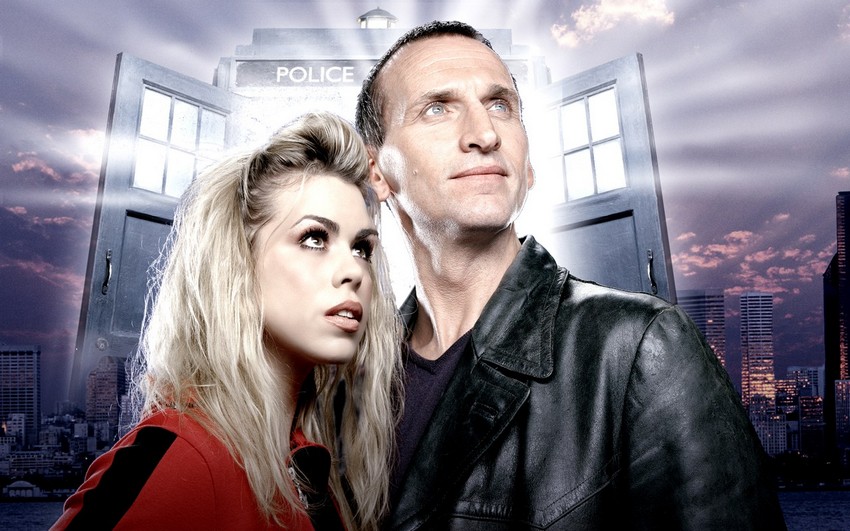
Fast forward to 2005, and Doctor Who returns with an explosion. Christopher Eccleston may have only stuck around for one season, but together with new showrunner Russel T. Davies, they would establish a production strategy that would popularize the show on a global scale. Thirteen episodes, 45 minutes each, with Easter eggs dotted across the stories that led up to a climactic finale. But despite the restructure, Davies played it relatively safe with his Doctors.
Eccleston did not have the time, and his successor, David Tennant, though proving to be one of the most popular iterations of the character in the show’s entire history, only began to show other dimensions in the episodes leading up to his (beautifully handled) exit. Tennant’s second-last story, The Waters of Mars, was hailed by critics and audiences for its dark, dramatic tone and the way the Doctor was portrayed, garnering multiple awards and signalling the end of Tennant’s beloved tenure. Meanwhile, the Davies era was characterized by the relationships between the Doctor and his companions, the quality of the overall production, and the diverse and clever plots that allowed for engaged viewing.
In 2010, when actor Matt Smith and new showrunner Steven Moffat were given the keys to the TARDIS, we began to see a shift in focus from the content to the character. Moffatt played fast and loose with the continuity, introducing a variety of new ideas to the lore and further insight into the Doctor’s identity. A major development in season 6 was the manner in which the Doctor’s daily behaviour had resulted in him inciting fear in people across space and time, and season 7 saw the groundwork being laid for him to have conversations with himself in the 50th Anniversary Special.
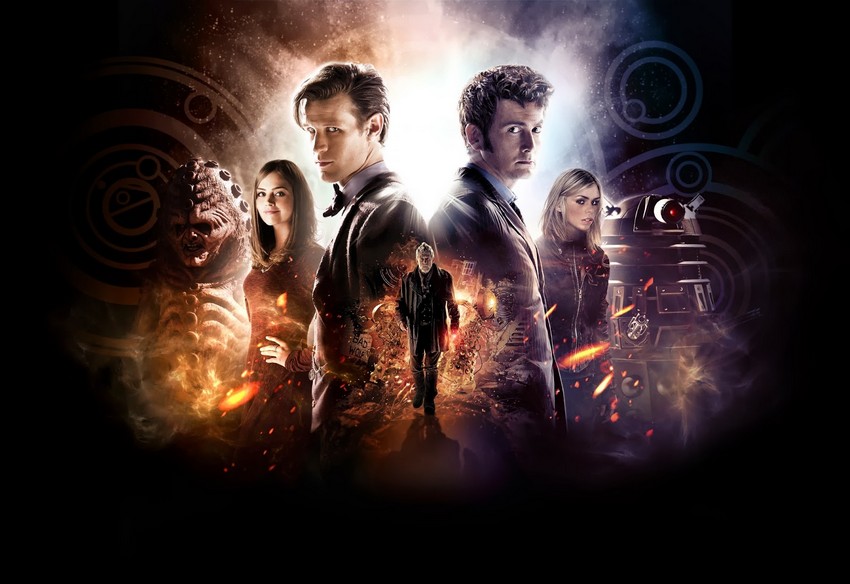
In hindsight, Matt Smith’s time in the TARDIS could be regarded as the bridging point between the episodic, content-driven work of Davies, and the era-defining, introspections of Moffatt. The latter, however, is best exemplified by the twelfth and most recent outgoing Doctor, Peter Capaldi.
Capaldi’s era of Doctor Who is regarded as controversial, or even a low point in the show’s history by some. Moffat introduced Capaldi with a giant question mark hanging over his head, and the process to realising a fleshed-out character (something Eccleston, Tennant and Smith had from the get-go), took one-and-a-half seasons before the Doctor could pronounce with confidence what sort of man he was. During this time, the show was saddled with writing more convoluted and far-reaching than ever. This may be attributed to Moffat’s style, as evidenced by his work on BBC’s Sherlock, and many devoted Whovians were admitting the show had jumped the shark in places (Editor’s note: Fellow Whovian and Capaldi fanboy Darryn would refute this, especially given some of the franchise-best episodes like the brilliant Heaven Sent). I would cite the definitive example of this, but us Whovians don’t like to talk about Season 8, Episode 3.
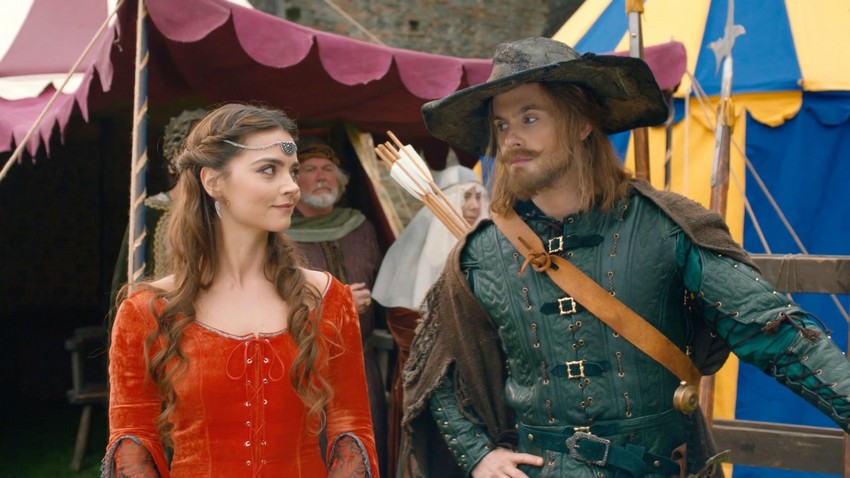
In my opinion, Moffat had struck an imbalance with Doctor Who, with more focus on the character and less on the rest of the show. I know plenty of people of similar mind who are also happy to see him go.
So, with all this explained, what lies in the Doctor’s future?
In my opinion, Chris Chibnall has the potential to strike a good balance between character and content. Chibnall is well-known for his work on the ITV’S critically acclaimed Broadchurch (which, by the by, starred none other than David Tennant with another notable co-star we’ll get to in a minute), but his connection to Doctor Who traces back to earlier seasons, when he worked alongside Russell T. Davies on the cult-favourite series spinoff Torchwood, starring John Barrowman and Eve Myles.

Chibnall was co-producer and lead writer on the show, and while the debate on whether the more adult-centric Torchwood was good or not is still ongoing (Second Editor’s Note: Kervyn, another resident Whovian, definitely falls in the “good” camp), the show does give insight into the writer/producer’s line of thinking. Torchwood and its four seasons were diverse in structure, and each illustrate a different method of producing serial television. Seasons one and two demonstrate writing akin to the Davies era of Doctor Who, while Seasons three and four follow a single-story continuity.
What is evident in all seasons, and the episodes written by Chibnall, is the attention given to the five main characters, and how he is not afraid to devote and juggle time to their development. That is one of his notable strengths. Another strength of his is his pacing. Illustrated better in Broadchurch and Doctor Who than in Torchwood, Chibnall knows how to keep his audience in their seats. He lets the story take its time and as such, he is capable of leading his first season of Doctor Who into a greater, more anticipated climax than Russell T. Davies did.
The cherry on top of this is Jodie Whitaker herself. Having actually worked extensively with Chibnall on Broadchurch, Whitaker brings a greater scope of acting talent to the role, and a working relationship with the role’s overseer. Doctor Who has greatly benefitted from increasing degrees of Thespianism in its title character, with the last three Doctors having been embodied by some damn good performers (I include Capaldi in this recognition because, even though a lot can be said about his time on the show, he never delivered a bad performance, and he needs to be respected for that).
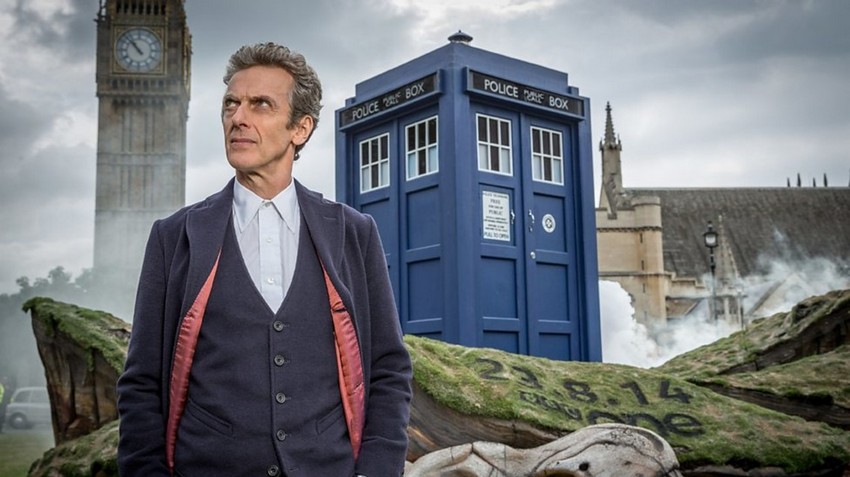
Whatever future lies in wait for Doctor Who, it is certain that we Whovians are in for something very different. We saluted when Peter Capaldi disappeared in a flash of regenerative energy, and we stared wide-eyed when Jodie Whitaker gazed at us through the reflection of the monitor. This just before the TARDIS exploded (it does that sometimes). And as we gear up to see what Whitaker and Chibnall get up to, know that between now and October, we’ll be at our screens happily watching the Twitch marathon, cringing at the camp that is 1960s sci-fi with a grin on our faces, and pointing our sonic screwdrivers at anything that moves.
Last Updated: June 19, 2018




















Original Heretic
June 19, 2018 at 15:06
Considering that profile pic, I was wondering when we’d be getting a Dr Who article from Mr. Spiller.
I loved Capaldi’s run as The Doctor. I know quite a few Whovians who did feel that he wasn’t “as cool” as Smith, but I embraced the new direction that he took. He started off so dark, so angry (look at those eyebrows, those are attack eyebrows!!). But we got to see beyond that, in time.
And sheer amount of awesome that came from his run…man….
What other series can have a medieval arena scene where The Doctor comes riding in on a tank whilst ripping it up with an electric guitar? And his opponent’s reaction to that? “Dude.”
Can’t wait to see the new season, to see what Whitaker brings to the role.